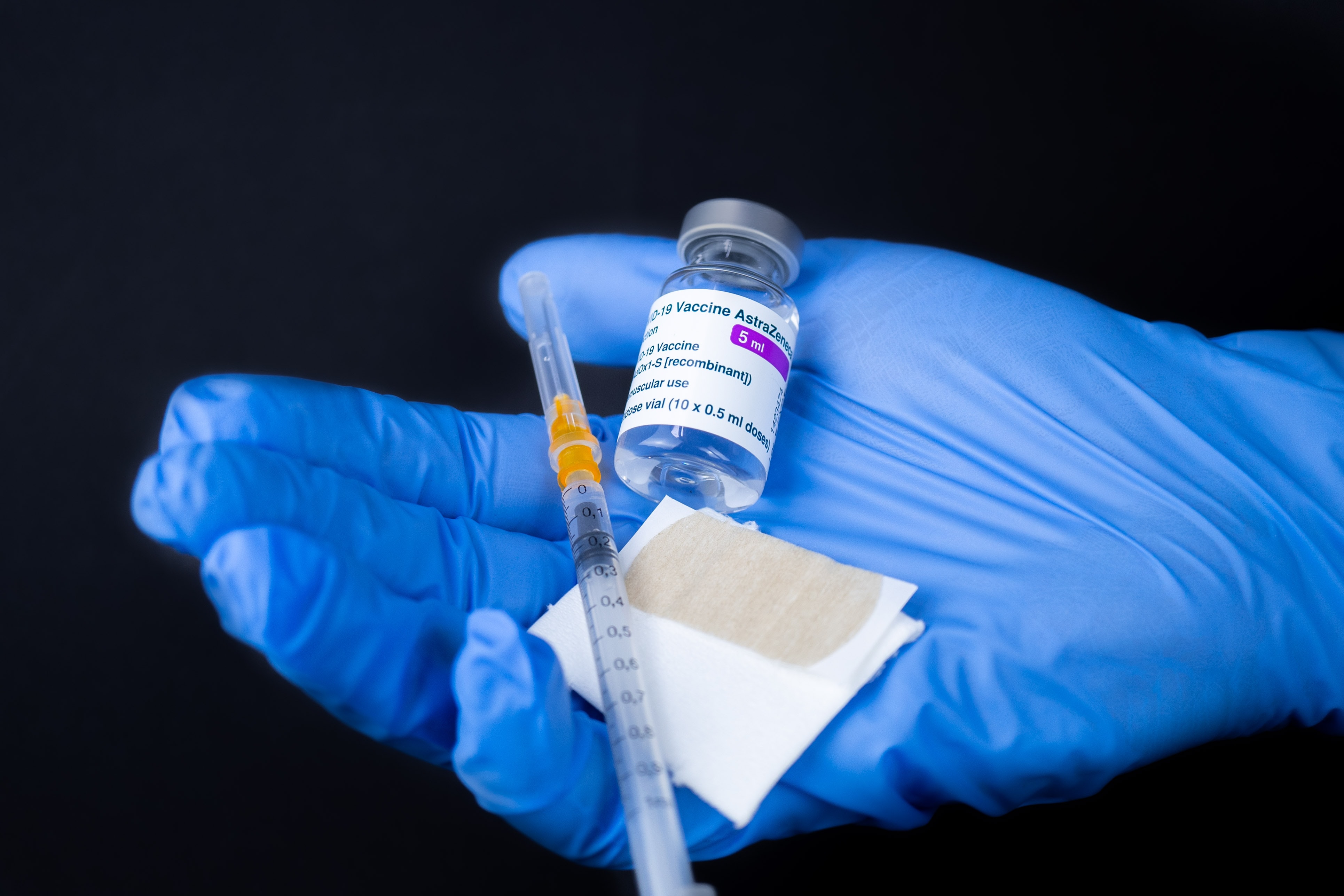
| High-income country confirmed dose total: | 6.6 billion |
| Upper-middle-income country total: | 2.5 billion |
| Lower-middle-income country total: | 3.2 billion |
| Low-income country total: | 331 million |
| COVAX total: | 3.3 billion |
| Total worldwide confirmed purchases of Covid-19 vaccines: |
15 billion doses |
INSIGHTS
Author: Blen Biru
Looking into Vaccine Wastage
Despite the shortage of Covid-19 vaccines globally, millions of doses are being wasted rather than used. Vaccine wastage is defined as vaccines discarded, lost, damaged or destroyed according to the WHO. There are two phases where vaccines are exposed to wastage – opened and unopened vials. Unopened vials are mostly wasted due to expiration, heat exposure, and incorrect inventory, and open vials are primarily wasted through contamination.
A certain amount of wastage is expected, given the nature and complexity of vaccine campaigns. WHO has previously estimated as much as 50% of annual vaccine wastage across all vaccines, though reported wastage of COVID-19 vaccines is significantly lower. Even with just 1% wastage, with 4.6 billion COVID-19 doses administered so far globally and likely total of 7+ billion by the end of 2021, we would expect to see ~70 million doses wasted by the end of 2021. Wastage of Covid-19 vaccines is particularly concerning since demand is still outstripping supply in most of the world. Interestingly, wastage is happening at relatively high rates in both high-income and lower-income countries.
Like so many aspects of this pandemic, a lack of data makes it difficult to define the scope of the problem. In the US, the CDC created a system for each state to report wasted doses which is not fully being used, confounding efforts to estimate the total number of doses wasted so far across the country. Data from 10 states show that since the beginning of vaccination drives in December 2020, at least one million doses have been wasted. Examples of states that reported high number of wastage include Ohio (370,000 doses), Georgia (110,000 doses), Alabama (65,000 doses; also one of the least vaccinated states), and Maryland (50,000 doses).
Lifesaving vaccines are going to waste due to low uptake in high income countries when most resource-limited settings are struggling to get access. Strategies that the US and other countries such as Canada are using to minimize wastage include giving the vaccine to anyone who needs it regardless of priority group domestically and selling or donating doses to other countries. Providing booster shots for seniors and at-risk populations is also being considered to minimize wastage.
Countries such as Israel have swapped doses to avoid vaccine wastage. South Korea received 700,000 doses of Pfizer vaccines from Israel as part of a swapping agreement in July 2021 and is expected to ship the same amount of vaccines to Israel in September or October 2021.
This is not only a high-income country problem; low-income countries are also experiencing concerns related to vaccine wastage. African Countries (e.g. Malawi, South Sudan, Liberia, etc.) have had to destroy at least 450,000 doses as of mid-July due to short expiration and shipment delays. Some shipments of desperately needed vaccine arrived without enough time left to distribute them before expiring. Most Covid-19 vaccines have relatively short expiration dates due to limited data (~6 months) available at the time of authorization. (We’re seeing a move toward extension of expiration dates now, as additional data can inform updates to authorizations.)
Vaccine hesitancy also contributes to wastage in both wealthy and poor countries. This issue seems to be higher for certain vaccines such as AstraZeneca (AZ), perhaps due to perceived risk after the US and EU paused rollout, even though other countries, like the UK, continued on without any pause. The Netherlands, for example, reported wasting AZ vaccines because of in-country lack of demand. To that end, the Dutch government plans to donate unused AZ vaccines abroad. (As noted above, it is important to keep expiration dates in mind in the process of donations. If the doses are near-expired, they make donation much more complex as it takes a long time to get doses reallocated for donation and shipped out - by that time, the recipient countries may not have time to distribute before they expire.)
It is imperative that countries minimize vaccine wastage as much as possible, particularly given the inequitable access to vaccines globally – improving access worldwide is the only way that will curb the pandemic. Minimizing vaccine wastage will also save a large amount of money that could be spent otherwise. We call on all countries and relevant stakeholders for increased investment and capacity for vaccine distribution, delivery, and demand generation. We also urge countries to create consistent monitoring requirement and use available tools such as the WHO wastage rate calculator to make evidence-based decisions in ordering and administering vaccines.
INTERESTING TRENDS
Significant updates, news, and trends we saw last week:
- The FDA authorized a third booster shot for at-risk people that need more protection.
- The first locally acquired case in more than a year in Canberra, Australia led to a snap week-long lockdown.
- Novavax pushed back plans to file for full authorization in the US in Q4, but has begun the process in India, Indonesia, and the Philippines and plans to file in the UK, Australia, and Canada in September.
- Moderna plans to build a manufacturing plant in Canada in the next two years, though the location has not yet been finalized.
- India granted emergency approval to Janssen's (J&J) single-dose vaccine, which is being manufactured within India by Bio E.
- Aspen in South Africa will increase their output of the Janssen (J&J) vaccine by an additional 200 million doses in 2022, according to the African Union.
For more information on our research on Covid-19 vaccine supply, please see https://launchandscalefaster.org/COVID-19.
